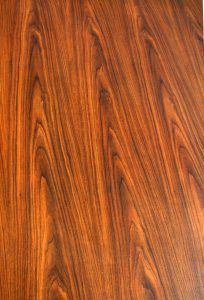The importance of cleaning your timber furniture

If you are confused about cleaning, waxing, dusting and polishing your wood furniture, then this article is for you. Experts have different opinions on how to care for wood furniture (although most people agree decking oil is a must have!), and the answer is that it often depends on the finish of the piece.
The dusting
You may not be used to dusting your wood furniture, but it is essential that you carry out frequent dusting to ensure you remove the airborne deposits that create a filmy layer and can damage the surface of the timber. Dry, clean and only use soft or feather dusters to remove the dust from wood furniture. You need to avoid pushing the dust into the air when it will eventually settle back on the same surface. If using a cloth dampen it slightly and then dust to avoid scattering the dust around the room.
Cleaning

Not to be confused with the practice of white washing timber (when you paint it white). Try not to use all-purpose sprays if your wood furniture doesn’t have a plastic coating (like the ones that come with children’s furniture and kitchen tables). You will want to avoid cleaning any wood furniture with water. If you have a spill or sticky spot, then you can dampen a cloth with some soap and water. Try and wring the fabric out as much as you can and wipe over the area. Rinse the area straight away and dry with a clean cloth. You can buy cleaners, furniture oils and oil polishes that protect the wood by making the surface more slippery. Be aware that these cleaners do not offer a protective layer.
The products that contain a high percentage of oil will show fingerprints. People tend to use olive oil to polish, but this will smear and attract the dust. Most commercial liquids and furniture sprays have an ingredient called silicone oil. These oils will provide you with some protection. If you suspect that a piece of wood furniture has been polished with these cleaners, know that some residues can interfere with the finish which will require professional attention. There are homemade recipes that you can make to clean your timber furniture with. You can often revive grimy wood furniture with equal parts of olive oil, strained lemon juice, gum turpentine and denatured alcohol. You just need to apply with a cloth and buff clean.
Quite often during the manufacturing phase, polyurethane, shellac or varnish is applied to the wood, which will then protect the surface. If you use wax over this, it will protect the manufacturer’s finish and reduce surface scratches. Wax will provide your furniture with a hard finish that won’t smear and lasts longer than the polishes and sprays. Ensure you are using wax that is designed for your type of furniture and wood. Paste waxes will often last up to two years. While liquid wax is more natural to work with, it will leave a thinner coat on the wood and will need to be applied more frequently.
Make sure when applying wax that you are doing it in light coats, and when you rub the surface you go with the grain (in the same direction as the natural lines in the wood). Always use a clean, soft cloth to dry and buff. Cleaning your wood furniture the right way is essential to keep the furniture looking great and lasting a lifetime. Again, make sure you research the type of wood furniture you have so you know you are using the right products for the specific timber.
